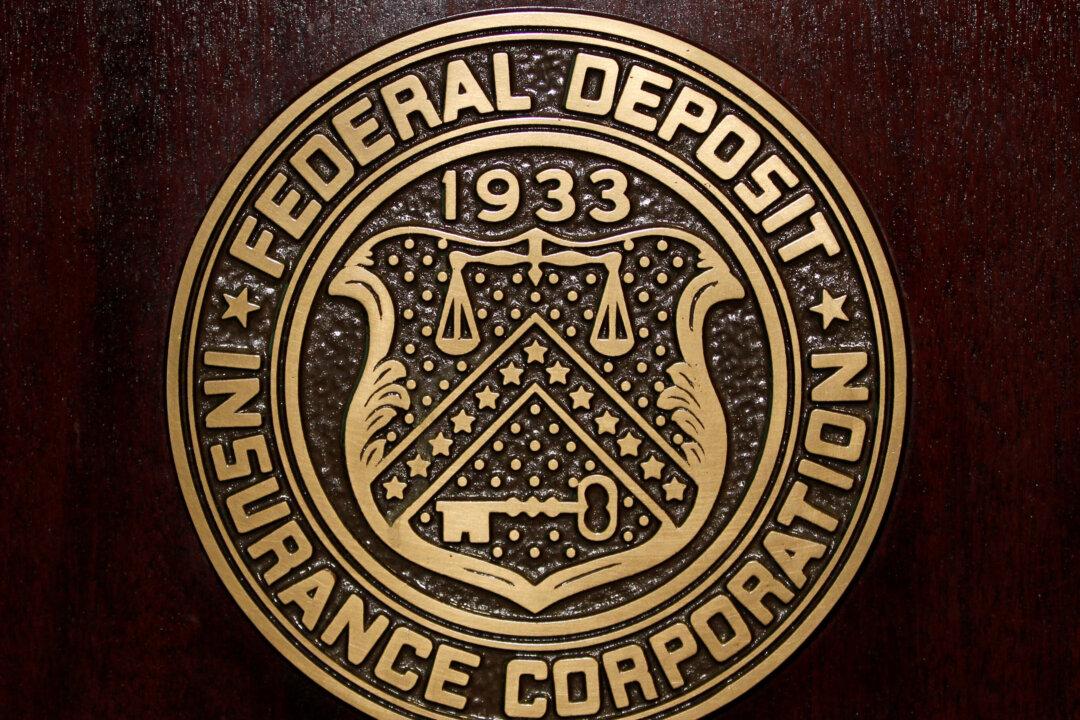Commentary
March 28 hearings on bank regulation exposed the shortfall of federal regulation. The hearings came in the wake of the Silicon Valley Bank (SVB) failure and the stresses on other banks, like Signature and Republic. To put it frankly, the hearings exposed our regulators appear to be virtually useless.





